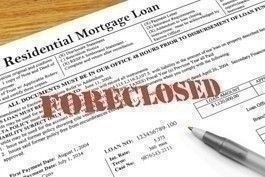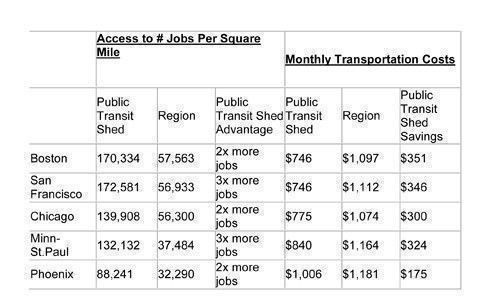Shake It Over to Salt in Boulder for Father’s Day
Photo Credit: Dave Dugdale via Flickr/Creative Commons
When you’re looking for the perfect place to take dad for a festive Father’s Day Feast, might we recommend Salt on the Pearl Street Mall?
They’ve cooked up quite the man-pleasing menu for the evening and are offering a hand-crafted whiskey and BBQ dinner. I mean, if that’s your thing (hulloooooooooo — you had me at whiskey).
You’ll find Salt tucked into the corner of 11th and Broadway with easy parking access in the garage or public lot off of Spruce and Broadway. Walk down to Pearl, and once you’re at the corner — you’re at Salt! Now, let’s talk food. What can you expect when you decide to head to this whiskey and BBQ dinner?
To begin with, this special menu will be offered in addition to their fulldinner menu — don’t worry if BBQ and whiskey aren’t your thing. But for those choosing to partake in the Father’s Day menu, you’ll have four courses made with three different sauces, each incorporating a different Colorado whiskey (mmmmmm). The courses will feature all natural Teton Waters Ranch beef and Tender Belly pork.
And buckle up for dessert — their in-house pastry chef is going to surprise you with yet another handcrafted creation. The prix fix menu will be offered at $45 per person with an optional whiskey pairing available, too.
Now, you will need to make reservations, but that’s simple — just head over to Salt’s website. Or, we’ve made it easy and you can click right here to snag your table. You can also go old school and call them at (303)444–SALT(7258). By Erika Napoletano YOUR Boulder
Enjoy the day!
Search Boulder Homes for sale
720-771-9401
Search all Boulder homes for sale





